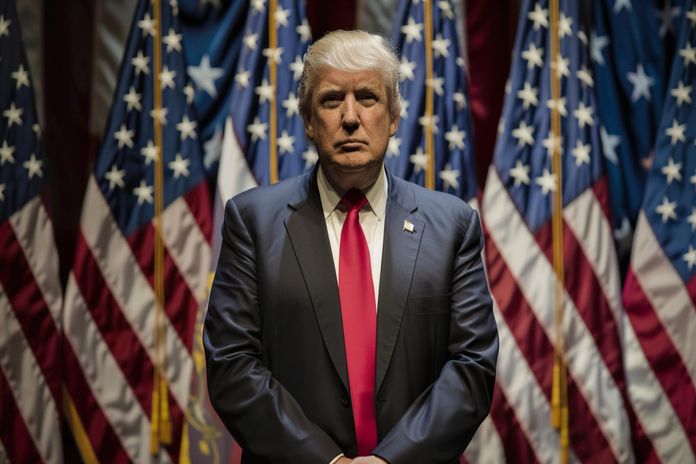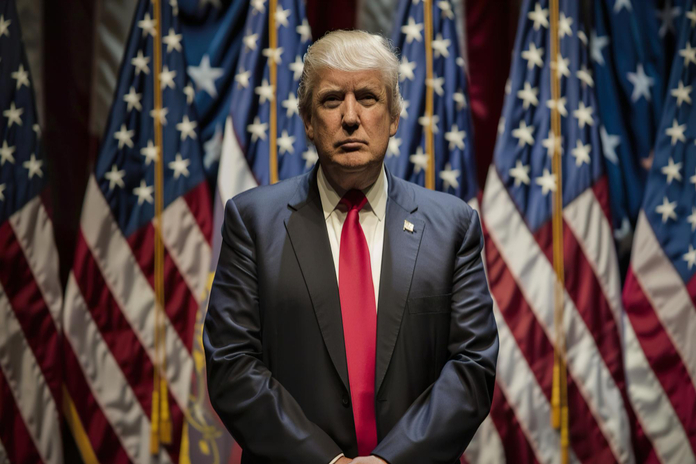Why Fintechs Are Pursuing Bank Charters in 2025

Financial technology (fintech) firms and crypto companies are increasingly applying for bank charters to expand operations and reduce borrowing costs. A bank charter provides these firms with legitimacy in the eyes of customers and regulators, while lowering the cost of doing business by allowing them to tap into deposits.
With the Trump administration signaling a more business-friendly approach, fintech firms are cautiously optimistic about obtaining bank charters. Industry experts predict that a deregulatory regime will encourage competition and open up opportunities for more fintechs to gain bank status.
Why Are Fintechs Seeking Bank Charters?
A bank charter provides several advantages to fintech companies, including:
Lower Cost of Capital: A charter enables fintech firms to access deposits, reducing their reliance on costly venture capital or high-interest borrowing.
Increased Legitimacy: Becoming a licensed bank boosts consumer trust and regulatory credibility, attracting more customers and investors.
Expanded Market Reach: Bank charters allow fintechs to offer a broader range of financial services, enhancing their competitive position.
According to Carleton Goss, a partner at Hunton Andrews Kurth, fintech companies applying for charters can significantly lower their borrowing costs, making it easier to grow and scale their businesses.
Trump Administration’s Pro-Growth Stance
The recent surge in charter applications follows signals from the Trump administration indicating a willingness to ease regulations and support innovation in financial services.
Nathan Stovall, director of financial institutions research at S&P Global Market Intelligence, noted that during Trump’s first term, there was an increase in charter applications. Industry experts expect a similar wave of applications under Trump’s current administration.
Federal Reserve Governor Michelle Bowman, nominated by Trump as vice chair for supervision, has advocated for faster approvals of bank charters to encourage competition and innovation.
Additionally, Travis Hill, acting chair of the Federal Deposit Insurance Corporation (FDIC), has publicly stated that the agency would promote charter applications to ensure a healthy pipeline of new entrants into the banking sector.
Regulatory Challenges Facing Fintech Charters
Despite the potential benefits, fintech companies face several challenges in obtaining bank charters.
High Costs and Compliance Requirements
Setting up a bank typically requires between $20 million and $50 million in initial capital, according to legal experts. Additionally, compliance with anti-money laundering (AML) laws and the Bank Secrecy Act poses significant hurdles for aspiring fintech banks.
Slow Approval Process
Historically, bank charter approvals have been slow, with applications sometimes taking years to process. Between 2010 and 2023, only an average of five bank charter applications were approved annually, compared to 144 per year between 2000 and 2007.
As fintech companies apply for charters, regulators remain cautious, emphasizing the need for thorough scrutiny to maintain financial stability. Nigel Moden, global banking and capital markets leader at EY, pointed out that while regulatory processes remain rigorous, there are hopes that the turnaround time for applications will improve under the current administration.
Recent Charter Approvals Signal Growing Momentum
A notable sign of momentum came when SmartBiz, a fintech firm, received approval to acquire Centrust Bank, a Chicago-based community bank. This acquisition granted SmartBiz a national bank charter, marking the first approval of its kind since 2021.
Industry insiders view this approval as a positive sign that more fintechs could follow suit, paving the way for greater competition and innovation in the banking sector.
Fintechs and Crypto Firms Eyeing Bank Status
Several fintech and crypto companies have shown interest in obtaining bank charters to diversify their offerings and gain regulatory credibility. Industry experts highlight that these companies want to “get ahead of the curve” by securing licenses that could reduce operational costs and provide a competitive advantage.
Alexandra Steinberg Barrage, a partner at Troutman Pepper Locke, noted that many fintech clients are “cautiously optimistic” about the prospects of securing bank charters in the current regulatory environment.
Impact on Banking Industry Competition
If more fintechs successfully obtain bank charters, it could reshape the financial services landscape by introducing specialized banks that cater to specific customer segments and regions. This increased competition could benefit consumers by driving down costs and fostering innovation.
However, experts caution that while fintechs may inject competition into the banking sector, the number of U.S. banks is still expected to decline due to an anticipated rebound in mergers and acquisitions among regional lenders.
Outlook for Fintech Bank Charters in 2025
As fintech and crypto companies navigate the charter application process, industry observers remain optimistic about the future. With the Trump administration’s pro-business stance and regulators signaling a willingness to facilitate innovation, fintech firms have a unique opportunity to expand their influence in the financial services sector.
While challenges remain, including high capital requirements and stringent regulatory scrutiny, the potential benefits of a bank charter—lower capital costs, increased legitimacy, and broader market reach—make it an attractive option for fintechs looking to secure a stronger foothold in the industry.
Featured Image: Megapixl @ Peshkova






